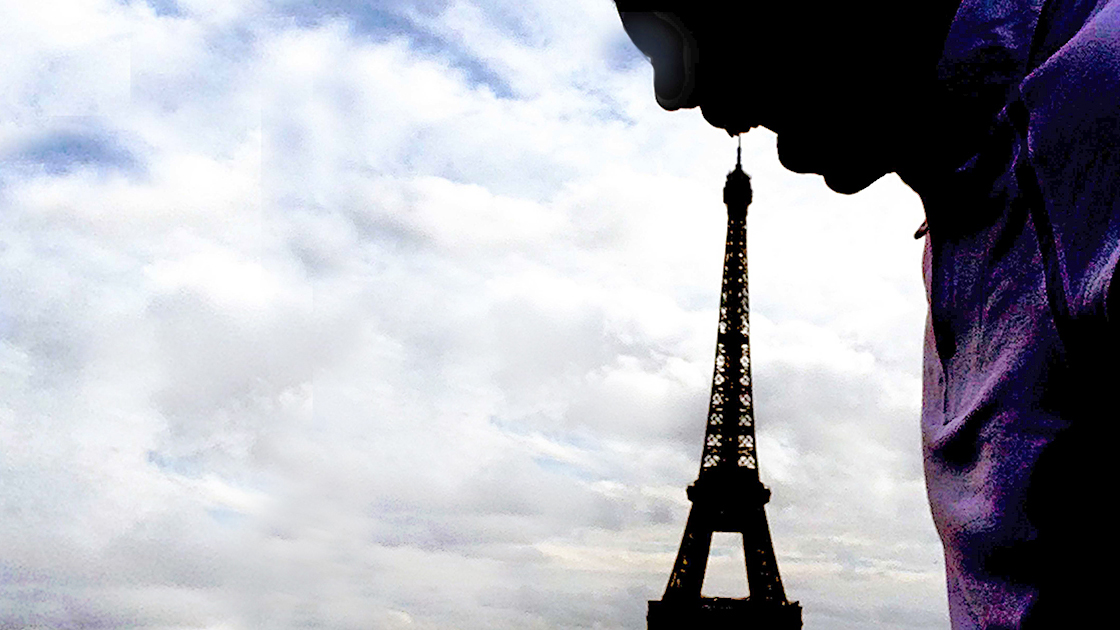Did you know that the Philippine Eagle, the country's National Bird, is the largest forest raptor in the country and one of the rarest eagles in the world?
The giant bird of prey with a wingspan of 7 meters, one of the broadest among the forest raptors in the world, can only be seen on 4 islands in the Philippines- Luzon, Samar, Leyte, and Mindanao.
The Philippine EagleSadly, the Philippine eagles are listed as critically endangered by the International Union for Conservation of Nature (IUCN) with an estimated number of only 400 pairs left in the wild.
Quick facts about the Philippine Eagle*
- Philippine Eagles are solitary and territorial creatures.
- They take 5-7 years to sexually mature.
- The Philippine Eagle pair needs about 4000-11000 hectares of forest land to thrive in the wild, depending on the number of prey items in the area.
- It only lays a single egg every two years. They wait for their offspring to make it on their own (usually within two years) before producing another offspring.
- They typically nest on large dipterocarp trees like the native species Lauan.
- They can live up to 40+ years in captivity but probably much less in the wild
- The egg is incubated alternately by both eagle parents for about 58 – 60 days, with the male eagle doing most of the hunting during the first 40 days of the eaglet’s life while the female stays with the young.
*Information from the Philippine Eagle Foundation















